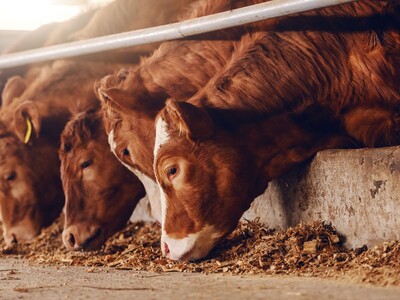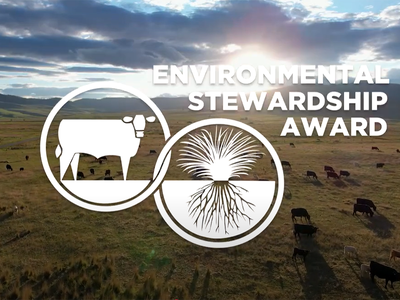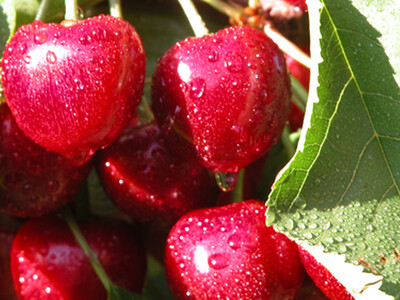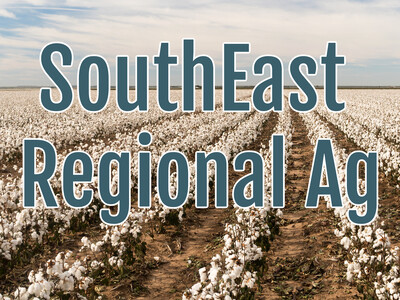U of I Weed Management
I often get news briefings from University of Idaho which has a great school of agricultural sciences and over the years I've developed a nice relationship with a lot of the academic staff who also have their hands in the soil. One such person is Don Morishita, the Kimberly center superintendent and a weed scientist. So I got an announcement and called old friend Don to see what was going on.
Weed control, planting strategies and irrigation management are key topics during a University of Idaho Bean Field Day planned Aug. 18 at the Kimberly Research and Extension Center.
The field day is planned from 8:30 a.m. to noon to offer farmers and others a review of the extensive array of research by University of Idaho Extension scientists to fine-tune weed and water management in one of the state's major crops.
The field day will offer updates about studies exploring new planting methods to reduce spacing between rows from 22 inches to 7.5 inches. Don Morishita, the Kimberly center superintendent and a weed scientist, said the three-year study's results show the strategy reduces the need for two to three cultivations a year, saving fuel costs.
Other dry-bean farming studies focus on the effects of seeding rates and herbicides to reduce competition from weeds and the effects of tillage on weed control and yields.
A new study looks at not only the timing of herbicide applications to control weeds, but the actual time of day the herbicides are applied. The study tested herbicide applications made in three-hour increments from 6 a.m. to 9 p.m.













